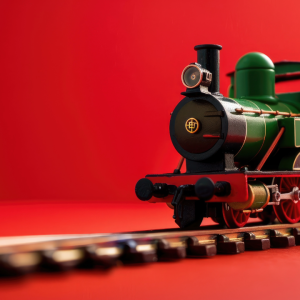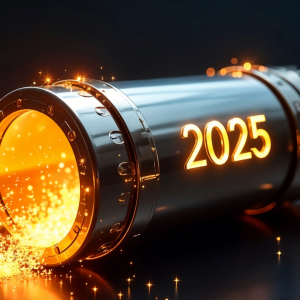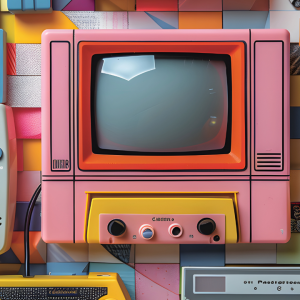Investing in collectibles can be an exciting and potentially lucrative way to diversify your portfolio. From rare art pieces and vintage toys to limited-edition memorabilia, the world of collectibles offers something for every investor. However, like any investment, there are risks involved, and it’s crucial to approach the process with care and knowledge. Before you dive into the world of collectibles, here are seven essential factors to consider to help you make informed decisions.
1. Understand Market Trends
The first step in investing in collectibles is to research the market trends. Just like stocks or real estate, collectibles can experience fluctuations in value. Some items may increase in value over time, while others may not. Understanding the current market trends for your desired collectible niche will help you gauge whether it’s the right time to invest.
Action Item: Research industry reports, auction results, and market trends from reliable sources like Antiques Roadshow and Barnebys to get a sense of what’s hot and what’s not.
2. Assess the Rarity of the Item
One of the primary factors that can drive up the value of a collectible is its rarity. Limited editions, rare finds, and one-of-a-kind items are typically more valuable than mass-produced pieces. Before investing in a collectible, make sure to assess how rare the item is, as scarcity often leads to higher demand and, consequently, higher prices.
Action Item: Check the availability of similar items and confirm how rare your collectible is in comparison. Research through trusted resources like The Collectors Guide for insights into the rarity of different items.
3. Verify Authenticity
Authenticity is crucial when it comes to collectibles. Fake or misrepresented items can not only lose their value but also harm your reputation as an investor. Make sure that the collectible you’re interested in is genuine and comes with certificates or documentation that verify its authenticity. Items like signed memorabilia, vintage artwork, and antiques often have specific markers of authenticity that need to be carefully examined.
Action Item: Always request a certificate of authenticity, and verify the item’s provenance to ensure its legitimacy.
4. Consider the Condition of the Item
The condition of a collectible directly impacts its value. A well-preserved item in mint condition will always be worth more than one with visible wear and tear. Whether it’s an old comic book, a vintage watch, or a piece of fine art, make sure you carefully evaluate the condition of the item before making a purchase. Additionally, consider whether restoration is possible, but be cautious, as some buyers prefer unaltered pieces.
Action Item: Inspect the item for any visible damage or signs of deterioration, and get a professional assessment of its condition if needed.
5. Understand the Resale Potential
One of the main reasons people invest in collectibles is the potential for resale. Before making a purchase, it’s essential to consider the resale potential of the item. Can you easily find a buyer in the future? What is the history of the item’s performance at auction or in the market? Items that have consistent demand or historical significance often have better resale potential.
Action Item: Research past auction results for similar items and check for trends in the resale market to determine whether the item is likely to appreciate over time.
6. Consider Storage and Maintenance Costs
Certain collectibles, such as fine art, vintage cars, or rare wines, require special storage conditions to maintain their value. If you plan to invest in high-end items, it’s essential to factor in the costs of proper storage and maintenance. This could include climate-controlled storage, regular cleaning, or insurance. These ongoing costs can eat into your profits, so be sure to account for them before making a purchase.
Action Item: Budget for the ongoing costs of maintaining your collectible, including storage, insurance, and possible restoration.
7. Do Your Due Diligence
Investing in collectibles requires research, patience, and attention to detail. You should always do your due diligence before making any investment. This means researching the specific market, checking the history and provenance of the item, and getting expert advice when needed. Speak with collectors, dealers, or appraisers to get a better understanding of the potential value and risk of your investment.
Action Item: Consult with experts, ask for second opinions, and gather as much information as possible to make an informed decision.
Ready to Invest in Collectibles?
Investing in collectibles can be both rewarding and profitable if done correctly. By following these seven steps, you can make smarter decisions, protect your investments, and enjoy the process of collecting.
For more expert insights, market trends, and guidance on buying and investing in collectibles, consult Collectiblepedia. Our platform offers valuable resources and up-to-date information to help collectors like you make informed choices.
Start your collectible investment journey today with Collectiblepedia! Explore Now
For more expert tips and resources, check out Antiques Roadshow, Barnebys, and The Collectors Guide.







